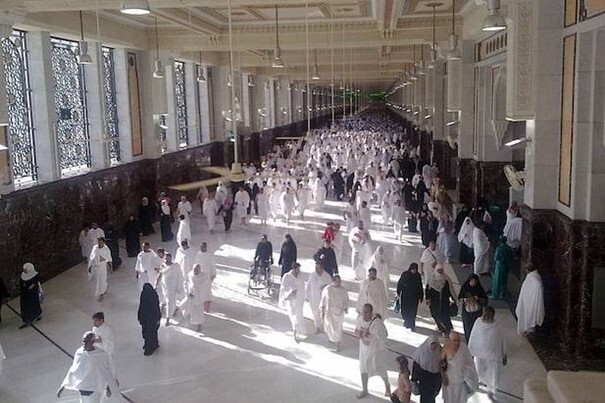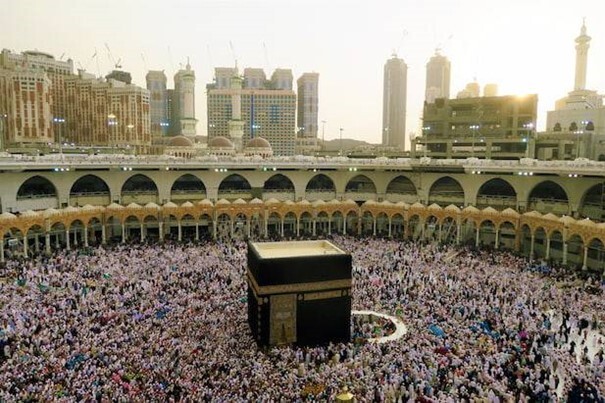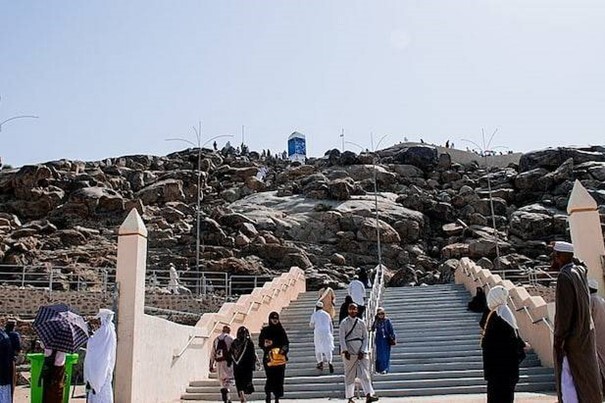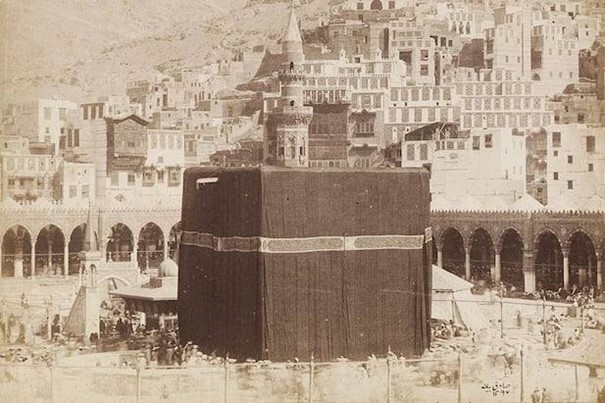The Story of Hajj
Hajj is a pilgrimage familiar to many; every year, millions of pilgrims arrive in the holy lands to fulfill their needs and present their vows to Allah. However, few people truly understand the comprehensive story of the Hajj. Continue reading to learn more about the Hajj!
Contents
What is Hajj?
Hajj, which gathers over 2 million Muslims most years, is a pilgrimage to the holy city of Mecca, the ultimate meeting point for Muslims. Completing the Hajj is one of the five pillars of Islam and is a journey required of every Muslim who is physically and financially capable of undertaking it. Pilgrims wear simple white garments known as Ihram, aimed at eliminating distinctions of wealth and status. As all pilgrims dress similarly, these white garments symbolize the equality of people and unity in the presence of Allah. Believers from all faiths travel to see this region and participate in the worship.
Prophet Muhammad (Peace Be Upon Him) led a group of Muslims to Mecca on the first official Hajj, destroyed the idols placed there by polytheists (believers in multiple gods), and rededicated the area in the name of Allah. The route taken by Prophet Muhammad (PBUH) and his followers is retraced as a part of the Hajj rituals.
Rituals Performed During Hajj

During the Hajj pilgrimage, pilgrims perform the first Tawaf, circumambulating the Kaaba (a black cube in the center of Masjid al-Haram in Mecca, considered spiritually as the center of the world by Muslims) seven times counterclockwise, amidst a large crowd seeking forgiveness. Completing all mandatory rituals of Hajj is believed to guarantee the pilgrim a place in heaven as well as the title of Hajji (literally, one who has performed the Hajj). The Tawaf aims to awaken the consciousness in every Muslim that Allah is the center of their reality and the source of all meaning in life, and that each individual’s higher self-identity stems from being a part of the community of Muslim believers known as the Ummah.
Pilgrims also perform the Sa’i, a ritual of hastening seven times between the small hills of Safa and Marwa, reenacting the Biblical and Quranic story of Abraham’s (PBUH) wife Hagar’s desperate search for water and food for her son Ishmael (PBUH).
Two million prospective pilgrims travel several kilometers to the plains of Mina and camp there. The next morning, they move from Mina to the Plain of Arafat, spending the entire day in prayer and worship. That evening, the pilgrims move and set up camp at Muzdalifah, located between Mina and Arafat, where they stay overnight and perform their prayers.
The pilgrims then return to Mina and throw seven pebbles at three pillars representing Satan, symbolizing Abraham’s stoning of Satan who tried to dissuade him from sacrificing his son. They then perform a sacrificial ritual, reenacting the story of Abraham who sacrificed a sheep provided by Allah in place of his son. The meat from the sacrifice is distributed for consumption to family, friends, and the needy in the community. After the sacrifice, the pilgrims return to Mecca to complete the final Tawaf and Sa’i, concluding the official ceremonies of the Hajj.
Why Do We Perform Hajj?

Hajj is performed to enhance consciousness of Allah and to foster a sense of spiritual elevation. It is also believed to be an opportunity to seek forgiveness for sins throughout one’s life. The Prophet Muhammad (Peace Be Upon Him) has indicated that a person who performs Hajj properly will return as a newborn baby, cleansed of all sins. Additionally, Hajj brings together Muslims from all over the world, of different colors, languages, races, and ethnic backgrounds, in a universal spirit of brotherhood to worship the one Allah.
Consequences of Not Performing Hajj

Neglecting or underestimating the importance of performing Hajj is considered the thirty-eighth major sin. Since Hajj is also a Farz-e-Ayn (individual obligation), anyone who does not acknowledge its obligatory nature is considered a Kafir (non-believer). Similarly, a person who fails to perform this duty due to laziness, negligence, or excessive attachment to worldly affairs is also committing a major sin. Hajj is among the obligations that should be fulfilled immediately when possible. Delaying it when one has the means and opportunity is Haram (forbidden).
Allah has made Hajj obligatory for those who have the capacity to do so. This means that for someone who has the means but does not perform Hajj in a given year, the obligation to perform Hajj continues every year for the rest of their life. A person who intentionally delays Hajj until death will be resurrected as a non-believer on the Day of Judgment.
What Led to the Obligation of Hajj? (A Brief History of Hajj)

The city of Mecca in Saudi Arabia has always been the spiritual center of the Islamic faith: millions of Muslims around the world face Mecca when praying. The history of Hajj begins with the story of Prophet Ibrahim (AS). Ibrahim (AS), revered and respected by Muslims, Jews, and Christians alike, is considered a righteous person who lived about four thousand years ago. His story is written in both the Quran and the Bible.
Ibrahim is regarded as the forefather of monotheism, the belief in a single God. He left his homeland in Ur, Mesopotamia, and eventually settled in Egypt with his family. Later, he took Hagar, one of his wives, and their young son Ismail to a desolate valley in Arabia, leaving them there, trusting that God would care for them. Hagar, worried about feeding her small baby, ran back and forth between the hills of Safa and Marwa searching for water. According to the Quran, in response to Hagar’s prayers, the angel Gabriel (AS) descended to earth and created a sweet water source, known as the Well of Zamzam, for the baby. Hagar climbed nearby hills to search for food and to look for caravans on the horizon.
Eventually, some passing traders stopped in the valley and asked Hagar for permission to water their camels. Over time, traders decided to settle in this small valley, and the settlement grew into the city of Mecca. Ibrahim would periodically return for visits, and when Ismail was about thirteen, they built the Kaaba, dedicating it as a place of worship to the One God, in compliance with God’s commands. Eventually, Mecca became a significant trade center during the time of Prophet Muhammad, some twenty-five hundred years later.
Although only a portion of Muslims can make the pilgrimage, the large crowd of worshippers that flock to Mecca every year continuously tests the capacity of the area. Overcrowding and occasional stampedes have led to the deaths of thousands of worshippers over the years, yet the determination of the pilgrims shows that very little can deter them from this spiritual experience.
